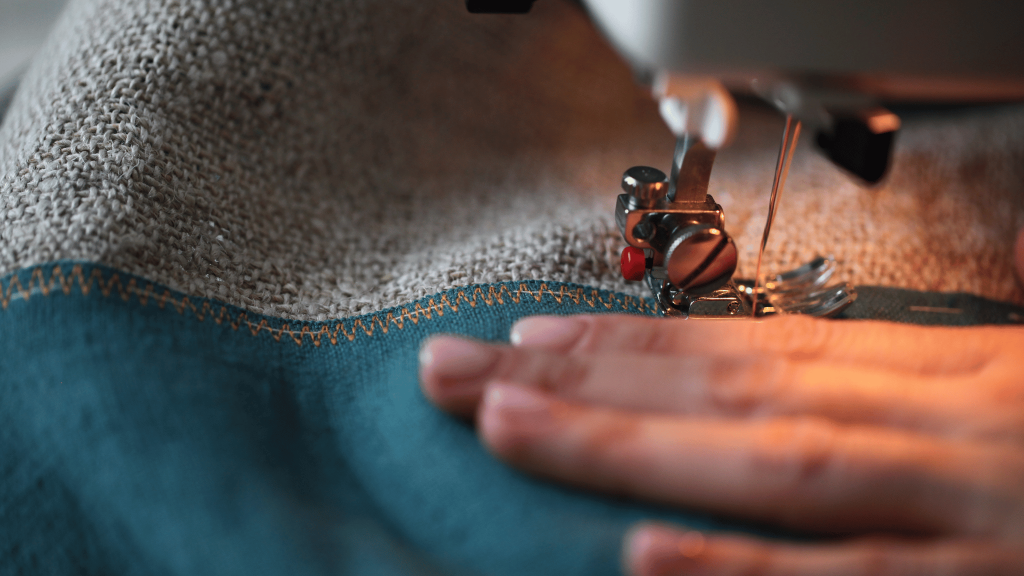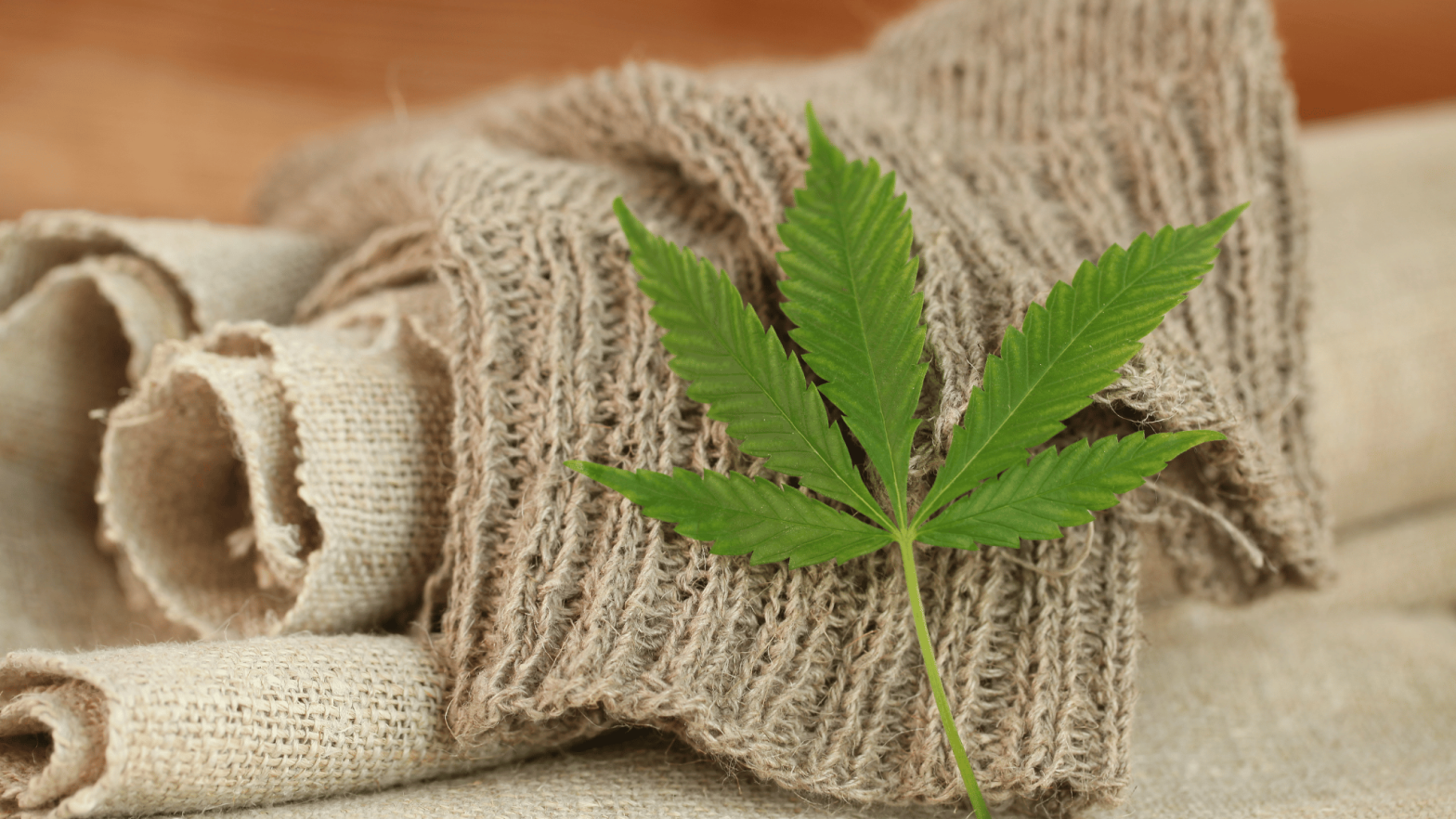While there are many things to consider when designing a bag, few will impact the overall look of the bag as much as the fabric. Whichever textile you choose will determine the quality, durability, and aesthetic more than any other design element. If you’re looking for a natural material that offers unrivaled sustainability attributes and strength, hemp will be right up your alley. In this comprehensive guide, we will share everything you need to know about hemp fabric to help you determine if it’s the right choice for your bag manufacturing.
What Is Hemp?
Hemp is a natural fiber derived from the Cannabis sativa plant. This versatile plant has been used for centuries (the first record of hemp can be traced back 10,000 years) to create textiles, beauty products, paper, and culinary goods. These products have been integral to many cultures throughout history, from ancient Egypt to India and Australia.
Bags are just one of the many products this wonder plant can create. Hemp has steadily been regaining popularity in bag manufacturing due to its exceptional versatility and durability, and presents itself as an excellent choice for environmentally-conscious brands.
The Advantages Of Using Hemp In Bag Manufacturing
- Sustainability & Eco-friendliness. Hemp is a highly eco-friendly material, which is why it’s a favorite of sustainable brands across the globe. The cultivation of hemp requires minimal pesticides and fertilizers. It naturally suppresses weed growth, reducing the need for herbicides. Hemp plants also absorb large amounts of carbon dioxide from the atmosphere, aiding in carbon sequestration and mitigating climate change.
- Strength & Durability. Hemp fiber is incredibly strong. It’s an ideal option for bags that need to withstand heavy use. Hemp products are known for their long lifespans, as they can endure wear and tear without losing their structural integrity. From everyday totes to travel bags, hemp can brave anything that comes its way.
- Aesthetics & Texture. The unique texture of hemp adds a natural, rustic appeal to any design. It can be woven into various patterns or blended with other materials, allowing for eye-catching bag aesthetics.
- Breathability. Hemp has excellent breathability. It offers great air circulation and reduces the accumulation of moisture. Bags made from hemp help prevent unpleasant odors while keeping contents fresh, making the fabric perfect for gym bags, backpacks, grocery totes, and other styles where ventilation is essential.
- UV Resistance. Hemp fiber naturally provides UV protection to shield the contents of the bag from harmful sun rays. This inherent feature proves particularly advantageous for bags used in outdoor activities or for carrying items sensitive to sunlight.
- Customization & Embellishment Opportunities. Hemp fabric readily accepts various customization techniques, such as screen printing, embroidery, and heat transfer. Bag manufacturers can explore these options to easily add branding, logos, or decorative elements to their designs.
The Limitations of Using Hemp in Bag Manufacturing
- Limited Color Range. Hemp fabric tends to come with an earthy color palette, which may not be suitable for those seeking vibrant, neon bag designs. Fortunately, hemp can be dyed and blended with other fibers to expand its color options while retaining its natural charm.
- Wrinkling. Hemp fabric tends to wrinkle more easily than synthetic materials. This characteristic can be managed through proper bag design, construction, and finishing techniques. Adding linings or using blends with wrinkle-resistant materials can help minimize this issue.
- Initial Stiffness. Hemp fabric can be initially stiff, but it softens over time with use and washing. Manufacturers can pre-wash the fabric or consider incorporating blends to achieve a softer feel from the start.
- Additional Care Requirements. Although hemp is not necessarily a high-maintenance fabric, it requires specific care to preserve its quality and appearance. Bags made from hemp may need to be hand-washed or placed on a gentle cycle to prevent damage. Manufacturers should always provide consumers with detailed care instructions so they can maintain their bag’s beauty and structural integrity.
Hemp Production & Manufacturing Considerations

The process of extracting hemp fibers from the stem of the Cannabis plant involves a technique known as decortication. The fibers undergo cleaning, spinning into yarns, and weaving to transform them into fabric. Bag manufacturers should ensure that they source high-quality hemp fabric from reputable suppliers to maintain consistent quality and durability.
Once the hemp fabric has been created, it can be sewn and assembled using standard sewing machines and techniques. However, given its exceptional durability, it is advisable to utilize heavy-duty sewing equipment and strong threads to achieve secure and long-lasting seams.
Hemp Sustainability & Environmental Impact
Hemp garners widespread recognition as an eco-friendly and sustainable material owing to its numerous environmental benefits.
Plants of Hemp grow fast, and their cultivation requires significantly less water than other natural fibers, including cotton and linen. They are natural pest repellents, making hemp one of the few crops that don’t require large amounts of pesticides. In fact, hemp crops actually enrich the soil with their various nutrients. Their naturally long roots hold the soil together and prevent erosion, while the biomass that it produces replenishes the earth. Farmers can use hemp plants to promote crop rotation and improve soil health.
As a natural fabric, hemp is completely biodegradable and can return to the earth in a matter of weeks. In contrast, other natural materials like silk and cotton still take months or even years to break down.
Manufacturers can explore the use of organic hemp to further optimize the sustainable benefits of hemp bags. Hemp farmers cultivate these crops without resorting to the use of any synthetic fertilizers or pesticides. Choosing eco-friendly dyes and finishes, as well as implementing responsible waste management and recycling practices, can also help minimize the environmental impact of hemp bag production.
Conclusion
With its earthy charm and incredible eco-friendly attributes, hemp is a fantastic option for bag manufacturing wanting to create sustainable and durable designs. This versatile fabric has been enjoyed by cultures all over the world for centuries and shows no signs of slowing in popularity. With proper care and attention to detail, hemp bags can offer strength and style while promoting a more sustainable fashion industry.
